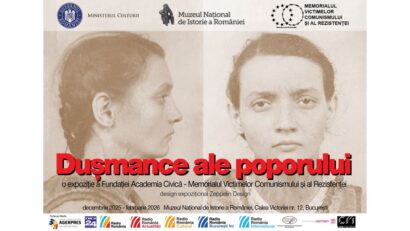
An exhibition that captures a different definition for the term `hero`.
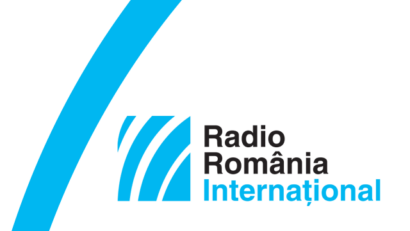
December 22, 1989 was the First Day of Freedom, and everything had to be rebuilt
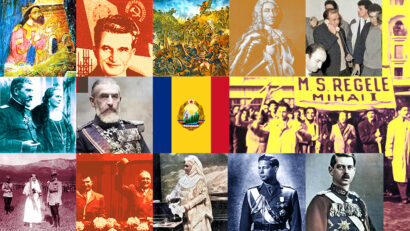
Dennis Deletant is one of the most prominent foreign scholars from the second half of the 20th century to write about Romania.
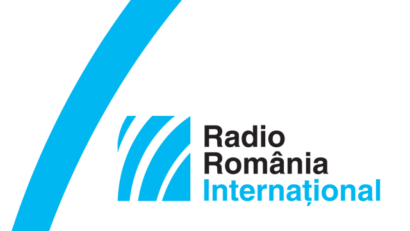
Between the 16th Century and the early 19th Century, a practice was in place of gifting monasteries
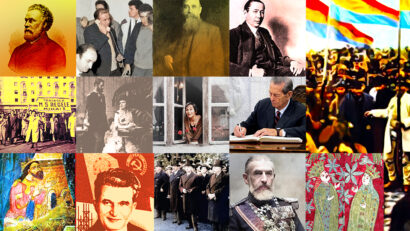
On December 1, 1918, Transylvania united with the Kingdom of Romania, laying the groundwork for Greater Romania.

In the Stalinist era, social sciences were as ideologically charged as many other parts of people’s lives
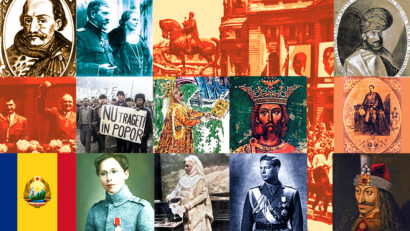
In the summer of 1919, at the new Pershing Stadium the Americans had built in Paris, approximately 1,500 athletes competed in 19 sporting events known as the Inter-Allied Game

Historian Ionuț Biliuță looks back at how the idea to build a national cathedral was born and why the project took so long to be realised.

The conductor Sergiu Celibidache was one of the major personalities of European and international classical music in the second half of the 20th century
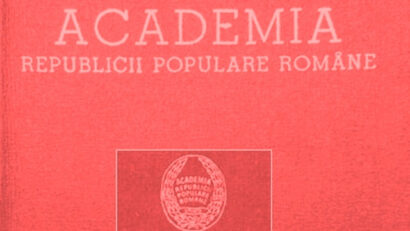
The Special Fund or the Secret Fund of the Library of the Romanian Academy appeared a few months after August 23, 1944
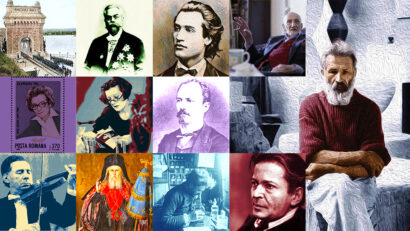
Some people leave behind powerful memories due to their striking personalities. One such personality was the historian Nicolae Iorga.

An article, which delves into the history of this prestigious Romanian institution

The ethnic Romanian community in Croatia, in Istria peninsula, is one of the least known ethnic Romanian communities from outside Romania's borders.

In the Romanian culture, the name of Lucian Blaga is associated with excellence.

The first gendarme units were formed in 1850 and are one of the first institutions of the Romanian state.
